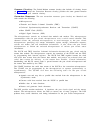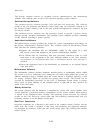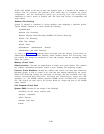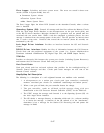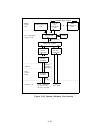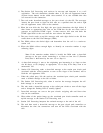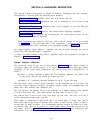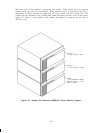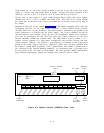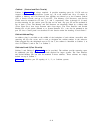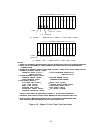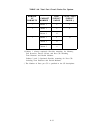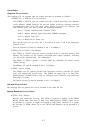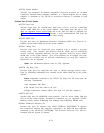SECTION 4—HARDWARE DESCRIPTION
This Section provides descriptions of System 25 hardware components and their functions.
The hardware is covered under the following major headings:
● System Cabinets: Includes Circuit Pack (CP) carriers and CPs.
● Terminal Equipment:
Equipment that can be connected to voice or data station
ports.
● Peripheral Equipment:
Equipment that can be connected to the Call Processor
CP.
● Auxiliary Equipment: Service- and feature-related supporting equipment.
● Connectivity:
Equipment and arrangements for interconnecting the various
elements of System 25 hardware.
Note: Equipment that indirectly associated with a specific feature or service covered
in Section 2 is also described there; such equipment is noted in this Hardware
Description section, with a reference to the appropriate heading in Section 2.
All system hardware, except Cabinet 1 equipped with Call Processor, Memory, and Service
Circuit CPs, and associated cables is optional.
A listing of Product Element Codes (PECs), Apparatus Codes, and Comcodes is provided in
Section 5, “Parts Information.”
System Cabinets (J58901A1)
The system can consist of one, two, or three cabinets (Figure 4-1). Each cabinet contains its
own power supply and cooling system.
A CP carrier frame is integrated into each cabinet.
Depending on the circuit pack complement, the cabinet/circuit pack configuration is as
follows:
● Cabinet 1 (always required)—Contains the Call Processor, Memory, and Service CPs
of the system and can also contain up to nine port CPs.
● Cabinet 2 or 3 (optional)—Provides mounting for up to 12 port CPs each.
The CPs receive power, control signals, and data via the backplane bus of the carrier and
associated 25-pair connector interfaces.
In multiple cabinet systems, the backplane buses are
linked with a bus extender cable (J58901A1, L3).
The Call Processor and Memory CPs are also connected via a ribbon connector cable referred
to as the “Front Plane Bus.’’ This cable connects the front edges of the two CPs.
The cabinets have a brown front cover with beige top and sides. The front cover has a
system identification stripe across the top.
Each cabinet is constructed of sheet metal and is 13 inches high, 17 inches wide, and 21
inches deep and weighs about 75 pounds fully loaded. A three cabinet system occupies a
vertical space of about 40 inches.
It is recommended that the cabinets be placed on a desk-
or table-top. They must not be placed on a floor where cleaning solutions and dirt can get
into them. Refer to Section 6,
“Environmental Requirements” for equipment area
considerations and associated floor plan recommendations.
4-1



